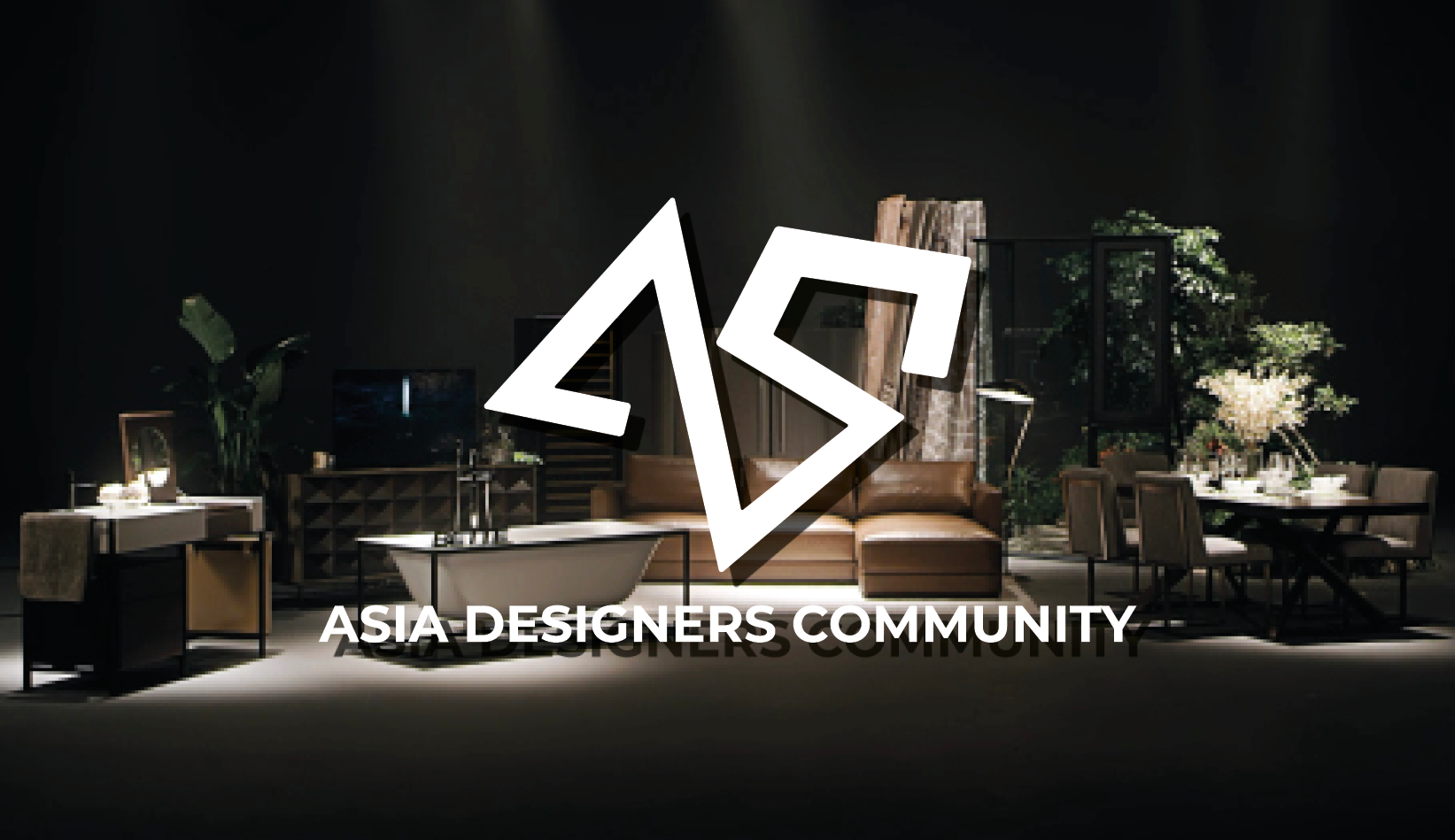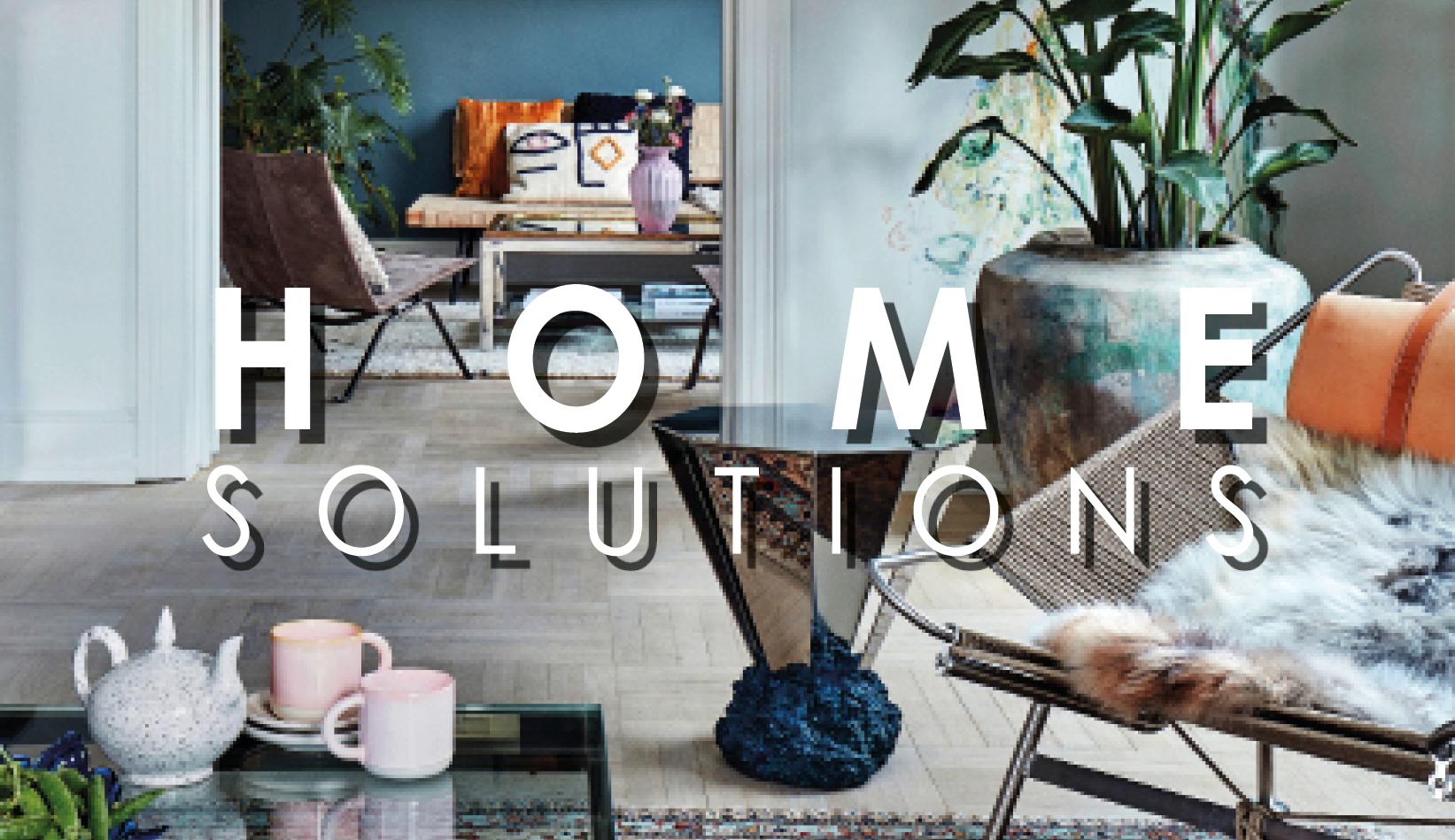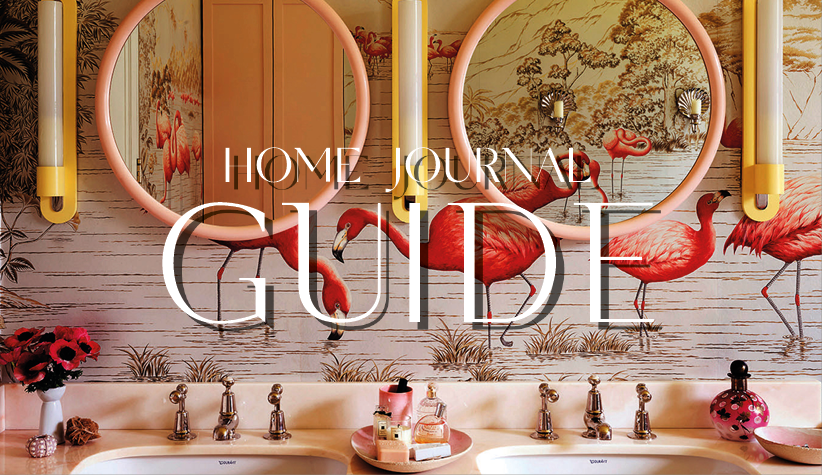ARRCC's leading designer Mark Rielly reveals how to implement the neuroscience-backed interior trend that's transforming luxury homes into happiness-inducing spaces.
At its core, Dopamine Décor combines color psychology with personal expression to create spaces that actively stimulate positive emotions. This feel-good trend focuses on curating interiors that enhance well-being through design elements proven to trigger dopamine release in the brain. It's where science meets style, transforming rooms into environments that not only look good but make you feel good.
"Drawing inspiration from colour psychology and our desire for attachment and connection, Dopamine Décor is about curating interiors that make us feel good by stimulating the 'happy' hormone in our brains, with spaces that reflect warmth and personality", says Rielly. Below are four tips he suggests to embrace individuality through dopamine décor.
1. Strategic color selection
Color psychology drives emotional responses, and it is the cornerstone of dopamine-inducing design. For high-energy spaces, Rielly recommends red in dining rooms, orange accents in living areas, and yellow touches in kitchens. Create calm in private spaces with cooler blues and violets. "Examples of how these colour palettes can be incorporated in a design is through expressive and bold wallpapers and mixing patterned and textured fabric in bold combinations," says Rielly. "For more understated spaces, incorporating colour accents in art, throw pillows, and rugs can add a personal touch to an interior."
2. Incorporate functional art pieces
Transform everyday items into conversation pieces by selecting furniture and accessories that serve dual purposes. Look for sculptural furniture, abstract lighting fixtures, and artisanal accessories that combine practical use with artistic expression. These pieces should engage both visually and functionally, adding layers of interest to your space.
3. Maximalism with meaning
Unlike traditional maximalist approaches, this method requires thoughtful curation of personal items. Layer cherished pieces, eclectic furniture, and bold accents to tell your story. Each element should contribute to the space's narrative while maintaining visual harmony. The goal is to create dynamic environments that feel authentically personal rather than chaotically cluttered.
4. Use patterns to create flow
Establish distinct room personalities while maintaining visual continuity through strategic pattern deployment. "This includes choosing alternative, and geometric designs through uniquely patterned furnishings for spaces", marks Rielly. Whether through furnishings, textiles, or architectural elements, patterns should guide movement and enhance the emotional journey through your home.






